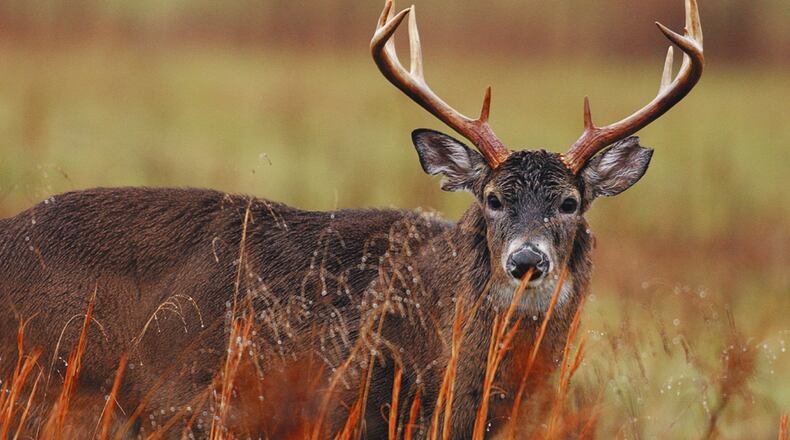“Animal-vehicle collisions start to increase in October and peak in mid-November,” said AAA Public Affairs Manager Cindy Antrican. “As the deer population grows and urbanization spreads into formerly rural areas, motorists need to be even more cautious and alert behind the wheel, especially at dawn and dusk, which can be the times for high levels of deer activity. And with the time change, more motorists will be on the road while it is dark.”
The Ohio Department of Public Safety reports that in 2016, there were 18,439 deer crashes resulting in five fatalities, 833 injuries and more than 17,000 vehicles damaged on Ohio roads. Almost half of crashes that resulted in injuries (366) and property damage (8,426) occurred during the months of October to December; more crashes occurred in November than any other month, with 4,256 reported crashes in November 2016.
“Deer and other animals are unpredictable and you never know when they might dash out in front of your vehicle. But there are actions you can take to help prevent an accident or reduce the damage from an animal collision,” noted Antrican. “First and foremost, always protect yourself by wearing a seat belt and removing all distractions behind the wheel.”
In the event of a collision with an animal, AAA recommends:
- Following the collision, call the police.
- Avoid making contact with the deer/animal. A frightened or wounded animal can hurt you or further injure itself.
- Put the vehicle's hazard lights on; whether it's light or dark outside.
- If possible, move the vehicle to a safe location, out of the roadway, and wait for help to arrive. Your safety and the safety of your passengers is most important.
- Contact your insurance agent or company representative as quickly as possible to report any damage to your car. Collision with a deer or other animals is covered under the comprehensive portion of your automobile policy.
AAA has some tips to help prevent an accident or to reduce damage from an animal collision:
- Pay attention to road signs. Yellow, diamond-shaped signs with an image of a deer indicate areas with high levels of deer activity.
- Keep your eyes moving back and forth. Continuously sweep your eyes across the road in front of you for signs of animals and movement. Animals may also be alongside the road, so make sure to look to the right and left, as well. While the most likely accident is you hitting an animal, on occasion they might also hit you by running into the side of your car.
- Be especially attentive in early morning and evening hours. Many animals, especially deer, are most active from 5 to 8 a.m. and 5 to 8 p.m. – prime commuting times for many people.
- Use high beams when there's no oncoming traffic. You can spot animals sooner. Sometimes the light reflecting off their eyes will reveal their location.
- Slow down, and watch for other deer to appear. Deer rarely travel alone, so if you see one, there are likely to be more nearby.
- Slow down around curves. It's harder to spot animals down the road when going around curves.
- One long blast. A long blast on your horn may frighten animals away from your vehicle.
- Use brakes if an impact is imminent. Don't swerve. Instead, stay in your lane. Swerving away from animals can confuse them so they don't know which way to run. It can also put you in the path of oncoming vehicles or cause you to crash into something like a lamppost or a tree.
- Always wear a seatbelt. The chances of getting injured when hitting an animal are much higher if you don't have your seatbelt on. Also never drive drunk, distracted or drowsy.
- Consider purchasing comprehensive insurance, if you don't already have it. Comprehensive insurance is the type of insurance that covers animal strikes.
For more information, visit www.AAA.com.
About the Author
